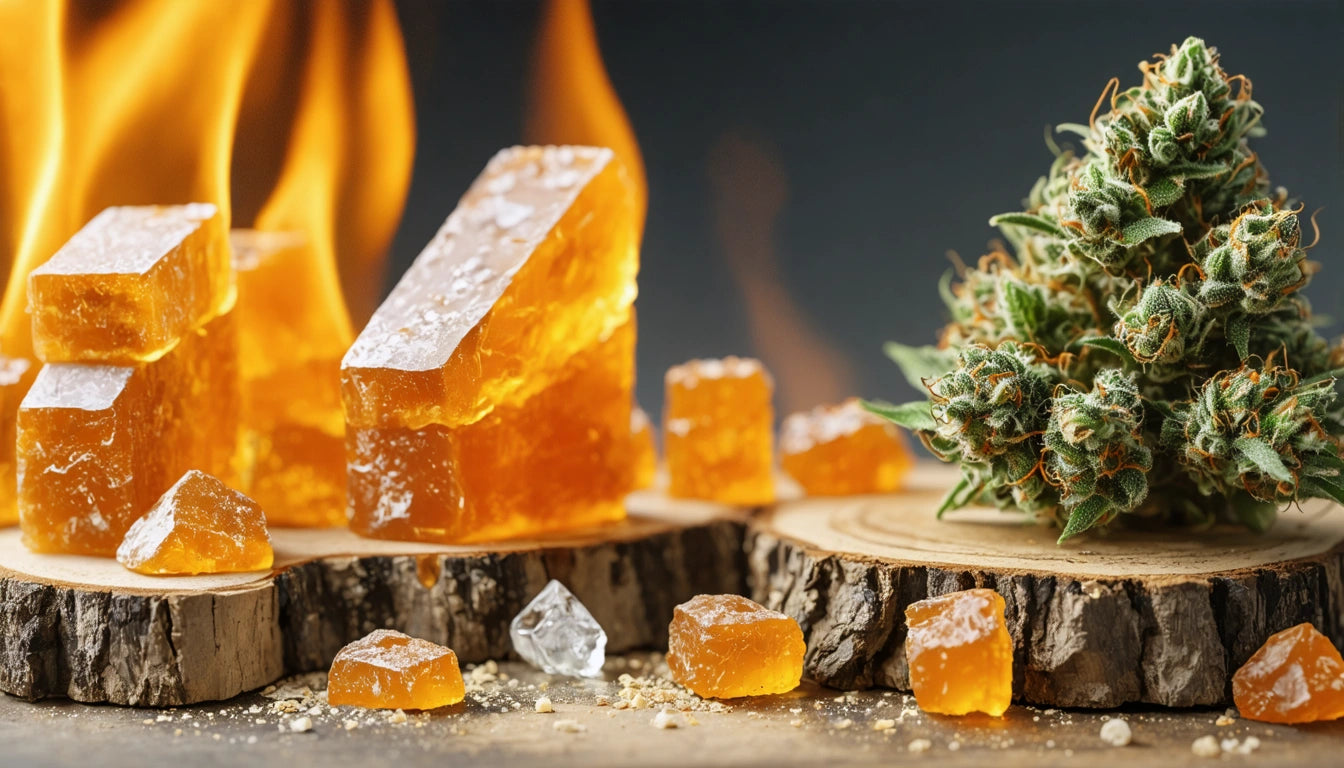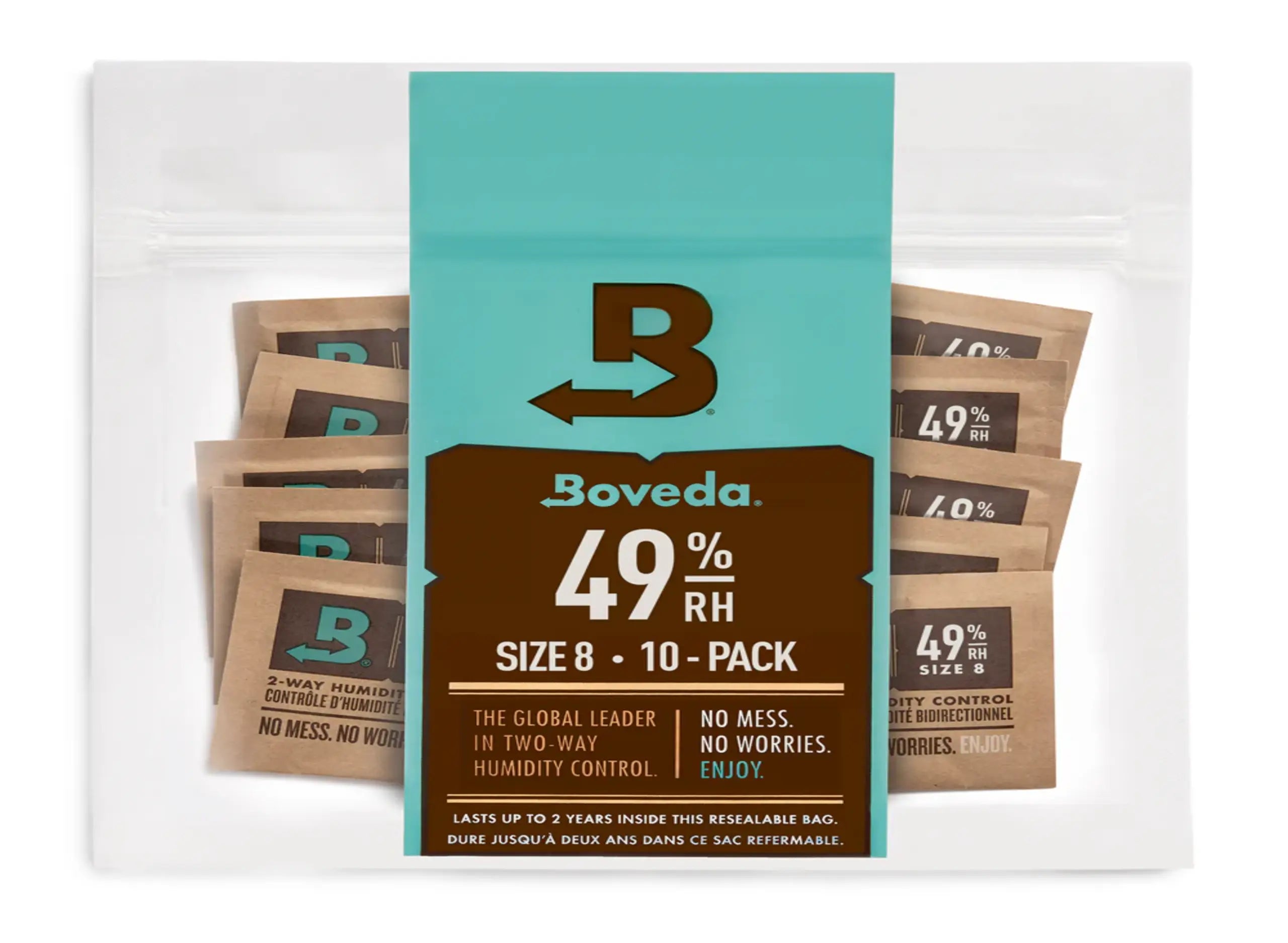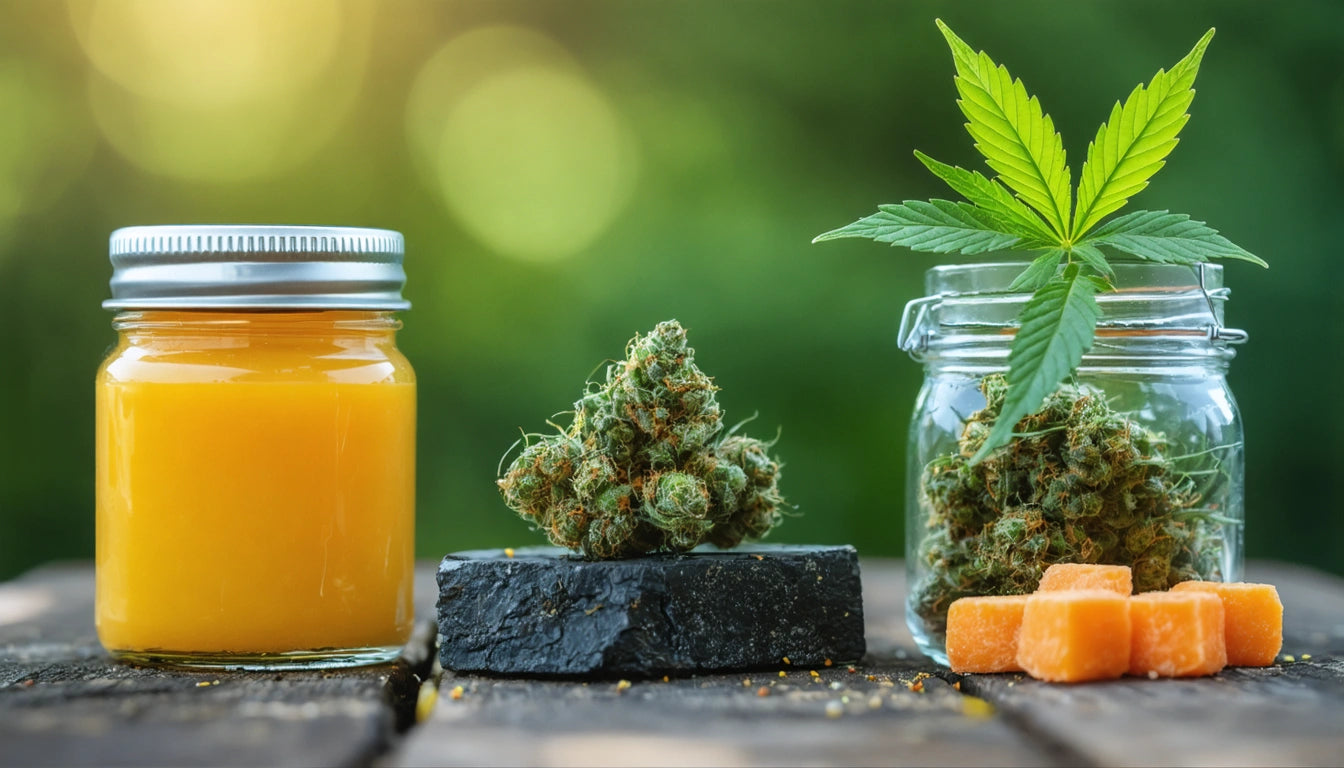Table of Contents
- Understanding Cannabis Concentrates
- Shatter: Glass-like Consistency and High Potency
- Wax: Versatile and Easy to Handle
- Budder: Creamy Texture with Balanced Effects
- Rosin: Solventless Extraction for Purity
- How to Consume Different Concentrates
- Storage and Preservation Techniques
- The Future of Cannabis Concentrates
Cannabis concentrates have revolutionized consumption methods, offering potent alternatives to traditional flower. With names like shatter, wax, budder, and rosin dominating dispensary menus, understanding their differences helps consumers make informed choices. These products vary in extraction methods, consistency, potency, and ideal consumption techniques.
Understanding Cannabis Concentrates
Concentrates are cannabis products created by extracting cannabinoids and terpenes from plant material, resulting in higher potency products. According to this overview of cannabis concentrates, extraction methods fall into two main categories: solvent-based and solventless. The extraction process directly impacts the final product's consistency, potency, flavor profile, and effects.
Most concentrates range from 60-90% THC, significantly higher than flower's typical 15-25%. This potency difference makes concentrates substantially stronger than flower or vapes, requiring careful dosing for both recreational and medical users.
Shatter: Glass-like Consistency and High Potency
Shatter earns its name from its translucent, glass-like appearance that can literally shatter when broken apart. This concentrate is created using butane or propane extraction, which strips cannabinoids and terpenes from the plant material.
Key Characteristics of Shatter:
- Appearance: Transparent amber to gold coloration
- Consistency: Hard, brittle texture at room temperature
- Potency: Typically 70-90% THC
- Shelf Stability: Longer than most concentrates due to its molecular structure
- Best For: Experienced users seeking high potency
Shatter's glass-like consistency makes it somewhat challenging to handle, often requiring tools like dab picks. Its clarity is generally considered an indicator of purity, though this isn't always the case.
Wax: Versatile and Easy to Handle
Wax concentrates have an opaque, non-transparent appearance with a softer, more malleable texture than shatter. This consistency develops when molecules crystallize during the extraction process due to agitation.
Key Characteristics of Wax:
- Appearance: Opaque, yellow to amber coloration
- Consistency: Soft, malleable texture similar to candle wax
- Potency: Usually 60-80% THC
- Shelf Stability: Shorter than shatter due to increased surface area
- Best For: Users who value ease of handling and versatility
Wax's consistency makes it easier to portion and handle than shatter, making it popular among both new and experienced concentrate users. The increased surface area does mean it can degrade faster than more stable concentrates if not stored properly, as discussed in this guide on preserving concentrate potency.
Budder: Creamy Texture with Balanced Effects
Budder (sometimes called badder) is a whipped concentrate with a smooth, creamy consistency similar to butter or cake frosting. It's created through a specific agitation and temperature process during extraction.
Key Characteristics of Budder:
- Appearance: Creamy, often lighter yellow coloration
- Consistency: Smooth, whipped texture
- Potency: Generally 65-80% THC
- Terpene Preservation: Excellent, leading to robust flavor profiles
- Best For: Flavor enthusiasts who appreciate ease of handling
Budder's creamy consistency makes it one of the easiest concentrates to work with, especially for those new to dabbing. Its excellent terpene retention also makes it popular among flavor chasers. For proper storage, many consumers use specialized concentrate containers or small mylar bags to preserve these delicate terpene profiles.
Rosin: Solventless Extraction for Purity
Rosin stands apart from the other concentrates mentioned as it's produced without chemical solvents. Instead, it relies on heat and pressure to squeeze resinous sap from cannabis flower or hash.
Key Characteristics of Rosin:
- Appearance: Varies from translucent amber to opaque gold
- Consistency: Ranges from sappy to waxy depending on starting material
- Potency: Typically 60-80% THC
- Production Method: Solventless, using only heat and pressure
- Best For: Health-conscious users concerned about residual solvents
Rosin has gained popularity among those who prefer solventless extracts as a potentially safer choice. The absence of chemical solvents eliminates concerns about residual chemicals, though proper lab testing remains important for all concentrates.
How to Consume Different Concentrates
The consistency of each concentrate type influences the ideal consumption method. According to this guide on consuming concentrates, several options exist:
- Dabbing: The most common method, using a dab rig with a heated nail
- Vaporizing: Using concentrate-compatible vape pens or devices
- Adding to flower: "Topping" bowls or incorporating into joints
- Edible infusion: Decarboxylating and adding to foods (advanced technique)
For beginners, specific tools are recommended, including dab rigs, e-nails, or concentrate vaporizers. Proper dosing is crucial, as concentrate portions should be much smaller than flower, typically starting with a rice-grain sized amount.
Storage and Preservation Techniques
Proper storage significantly impacts concentrate longevity and quality. All concentrates benefit from cool, dark environments, but specific recommendations vary by type:
- Shatter: Parchment paper in airtight containers
- Wax/Budder: Silicone or glass containers in cool locations
- Rosin: Parchment paper or silicone in refrigerated storage
While concentrates don't "expire" in the traditional sense, they do degrade over time. This article on concentrate degradation explains how factors like heat, light, and air exposure can diminish potency and alter consistency.
The Future of Cannabis Concentrates
The concentrate market continues to evolve with new extraction technologies and consumption methods. Medical applications are expanding as research explores concentrate benefits for medical cannabis users. Innovations in solventless extraction are creating purer products, while advances in live resin processing preserve more of the plant's original terpene profile.
As the concentrate market matures, consumers can expect more refined products, better labeling standards, and expanded education around proper usage techniques. Understanding the fundamental differences between shatter, wax, budder, and rosin provides a solid foundation for navigating this rapidly evolving segment of the cannabis industry.











Leave a comment
All comments are moderated before being published.
This site is protected by hCaptcha and the hCaptcha Privacy Policy and Terms of Service apply.